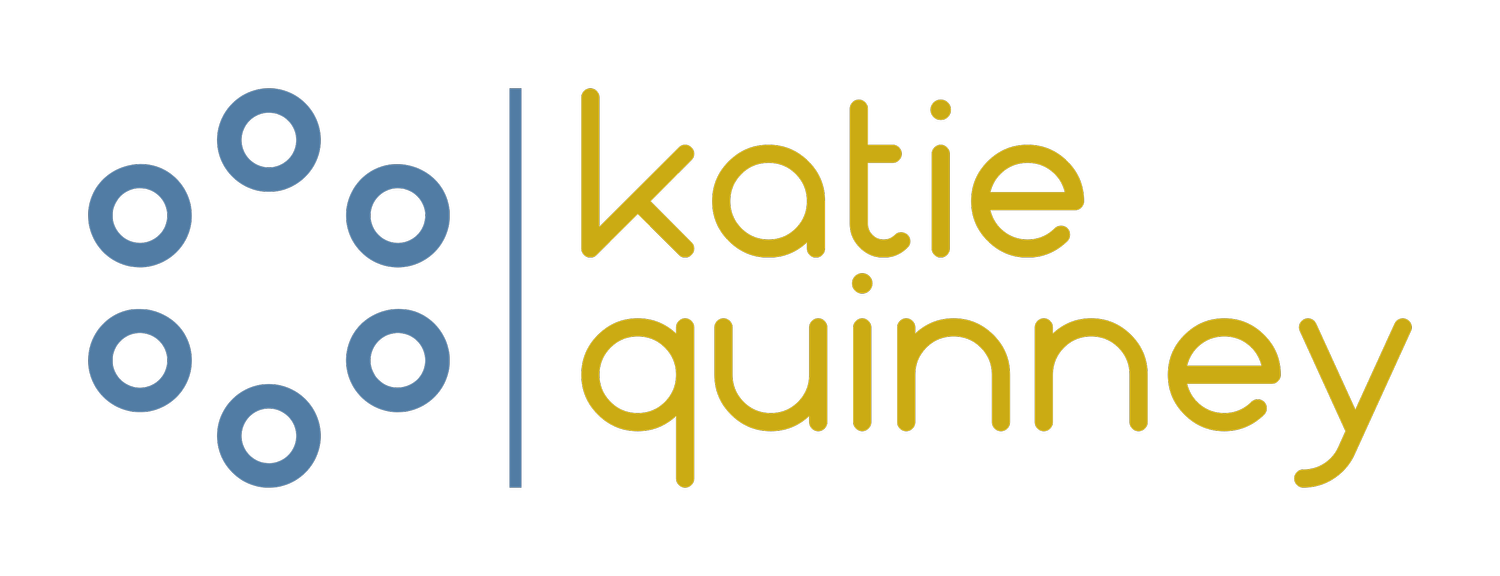A life-changing attitude: let there be joy at work.
Joy at Work by Marie Kondo and Scott Sonnenshein is a logical walk through all the aspects of work and how the organisation and decluttering thinking of Marie Kondo can be applied to it. Adding to this mix is Scott's perspective as an organisational psychologist and business school professor.
I’ve collated some of the key ideas and areas from the book, to give you a wee taster, maybe a wee challenge to look at where you can create more joy at work.
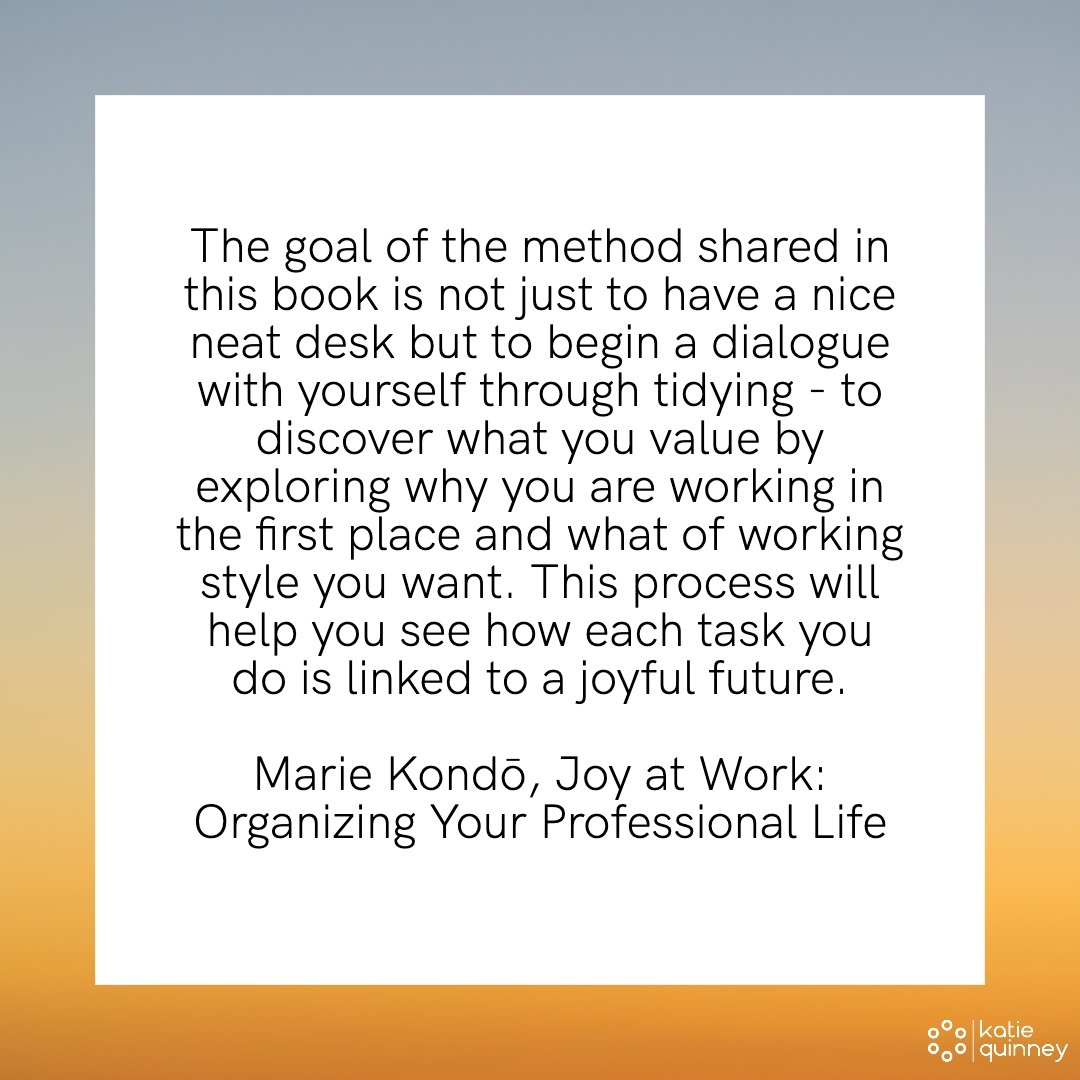
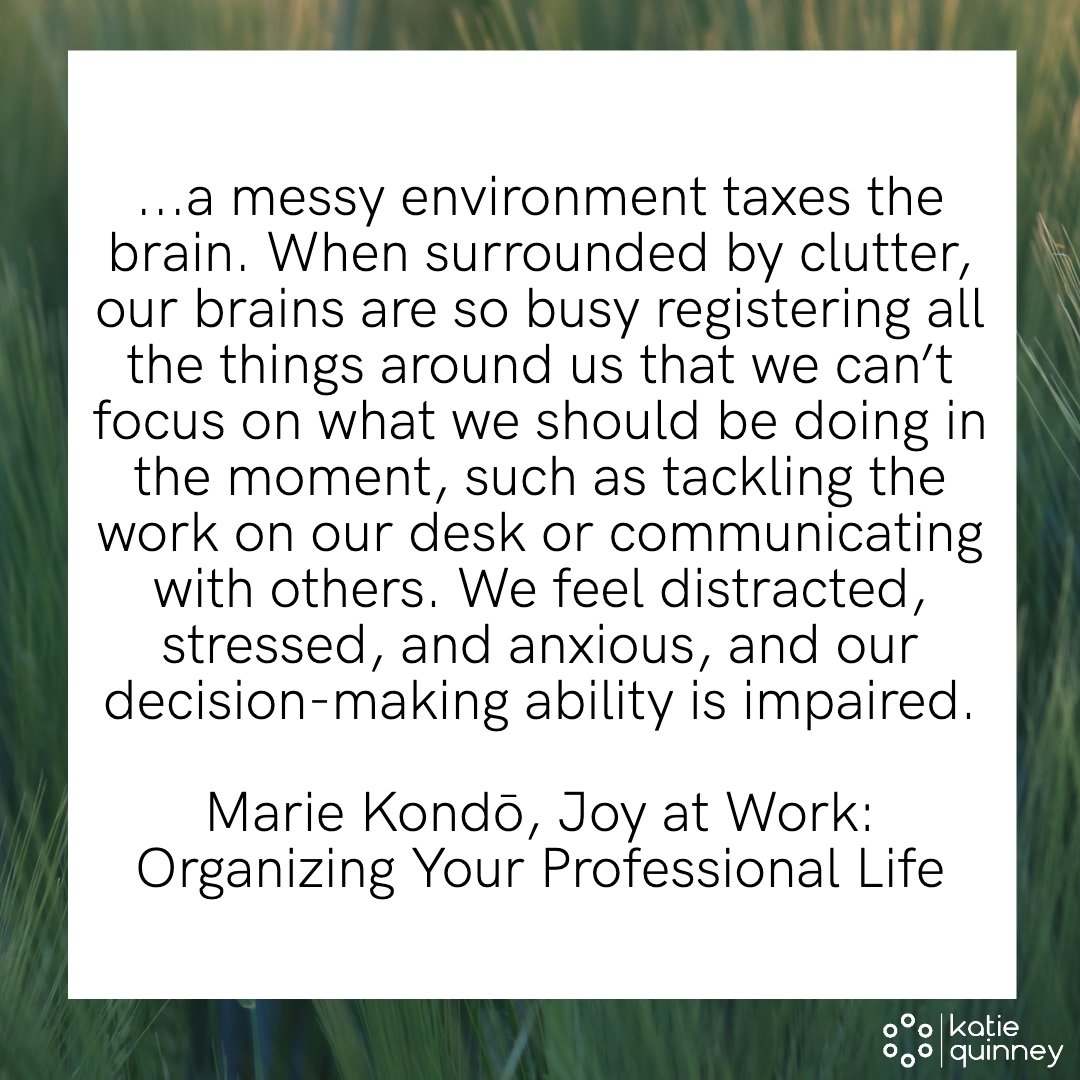
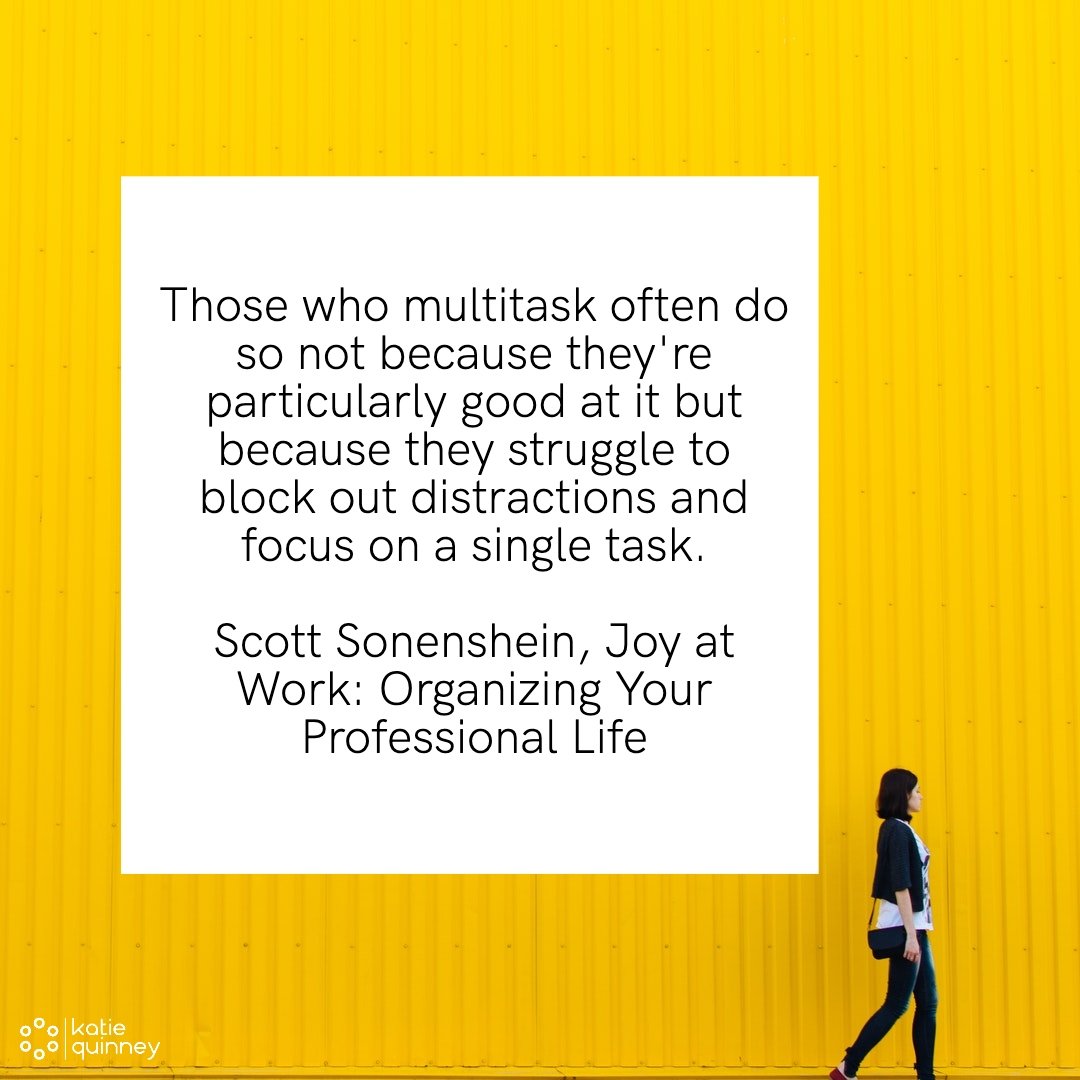

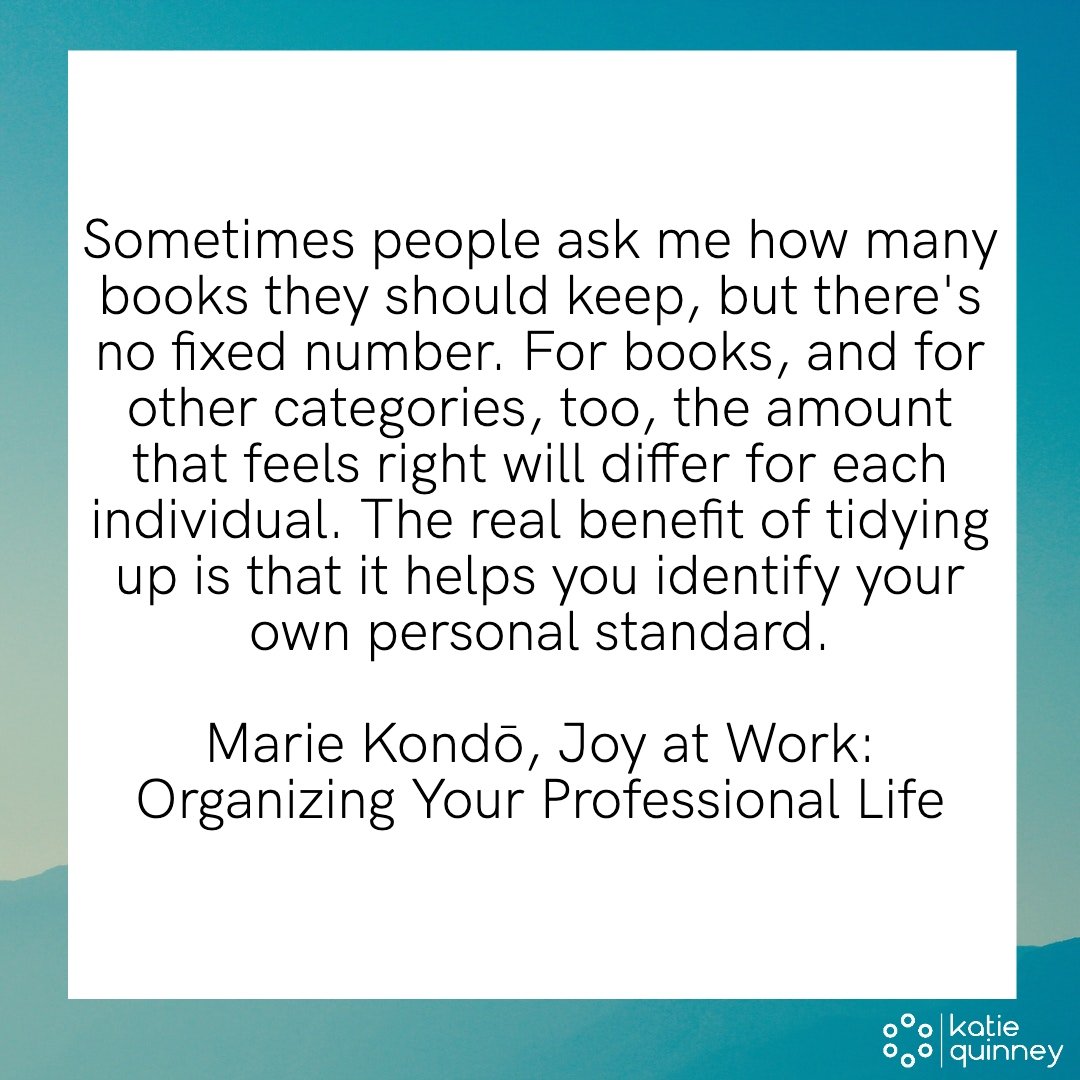
So yes, a lot of this book is about how to make the physical workspace cleaner and tidier. It talks through the logic of why that makes a difference. I'll often work with stuff all around me all day. I do know, though if I clear up my papers at the end of the day and sort ready for tomorrow, it's easier to leave work at work and enjoy the evening. It's also much more pleasant to walk into work and have a clean and clear desk to start the day with, put the coffee down and get to work.
The book takes the tidy spirit to all aspects of work - how are your computer files? This is where I get twitchy, and please don't ask how many browser tabs I have open on my phone.
How about the computer desktop, what about your meetings, your calendar or your network. Each of these areas is addressed with stories, prompts and cues to help you work out what would support joy at work for you.
With the input from Scott, this book takes a wide view of being tidy! For example, the fallacy of multitasking when we think we are being efficient and keeping on top of things.
A good example of this is how we think we're saving time by doing 'things' when we should be focusing in a Zoom meeting. Your meetings might need a tidy up or maybe the calendar as a whole. Either way, you are doing no one the best service by multitasking through meetings.
Noticing when and how we get distracted from achieving the work we need to do is a good starting point for thinking about how you can structure your days. Healthcare has a particular challenge as those distractions are often urgent or critical. This adds another dimension as you have to block out those that aren't and respond appropriately to the ones that are. Didn't say this was going to be easy.
The section on books was particularly challenging. I love my books and the packed state of my bookcase, so this is a tricky one for me. I do tend to pass on and give away most fiction I read. I save the non-fiction. There are notes, ideas, post-its scattered through them. I re-share and write about what I've learnt.
Some books bring me huge joy in the shape of memories, some are signed and feel special for that reason. So I’m keeping a lot of my books!
Joy at Work also talks about the teams you work in, the environment and how we work. Holding onto everything is, I guess, a form of cluttering. You aren't free to do the work you need to do, and you clutter other people's spaces with hovering around. I see this at work often and yes, it's about trust.
Trust is another topic I have written about several times and yet, I hadn't connected it till now with productivity, efficiency and how work can be organised. Given the uncertainty we work in right now, it's important to remember trust can't be built in the moment - it's one of those slow burn, pays off in the long term, so you must start now with the little things that build trust in the team you're with.
From Scott Sonenshein's aptly named ‘fun stuff’ on his website. Click on the image to download
Joy at work may feel far from possible - I think that’s all the more reason to lean into the spaces and places that are in your control and where you can take action. There are often more ways than we like to admit where we are not helping ourselves.
